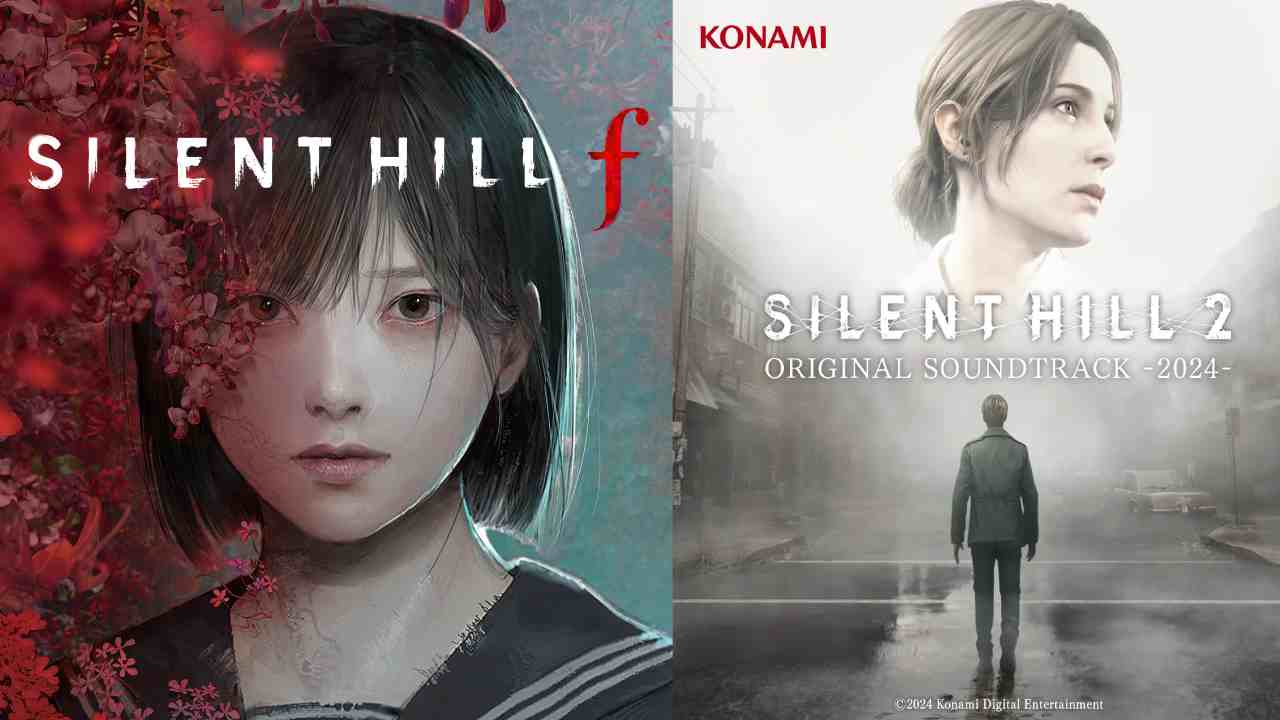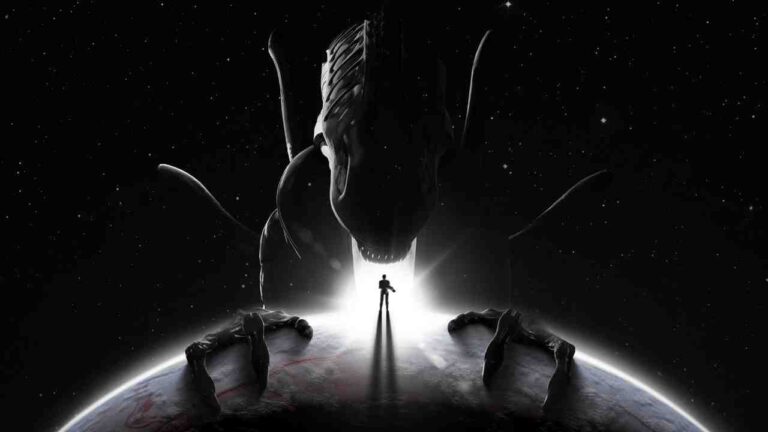The survival horror genre wouldn’t be what it is today without Silent Hill. From its fog-drenched streets to its psychologically terrifying monsters, the franchise has shaped nightmares for over two decades. Now, Konami is breathing new life into the series with two major projects: Silent Hill F and the Silent Hill 2 Remake. Fans are buzzing with anticipation—but many are asking the same thing: what are the Silent Hill F biggest differences from Silent Hill 2 Remake?
At first glance, both titles look like modern horror masterpieces. The Silent Hill 2 Remake reimagines James Sunderland’s iconic journey, updating it with Unreal Engine 5 visuals and modernized combat. It’s nostalgia wrapped in next-gen polish. Meanwhile, Silent Hill F takes a bold leap forward, telling a completely new story set in 1960s Japan with a fresh cast of characters and an unsettling new aesthetic based on folklore horror. Instead of retreading the past, it dares to push the series into unknown territory.
But the real excitement lies in the differences. Silent Hill 2 Remake stays faithful to its roots—psychological tension, tragic storytelling, and eerie fog-covered streets. Silent Hill F, on the other hand, introduces brand-new mechanics, visual motifs, and gameplay systems that don’t exist in the remake. From weapon durability and stamina-based combat to focus attacks that trade sanity for damage, this game is shaping up to be the most experimental entry in the franchise yet.
In this article, we’ll break down every major difference—story, setting, atmosphere, and most importantly, gameplay mechanics—to show you why Silent Hill F may be the boldest step the series has ever taken.
Story & Narrative Differences

One of the clearest Silent Hill F biggest differences from Silent Hill 2 Remake lies in the story. While both promise to terrify players, they do so in radically different ways.
The Silent Hill 2 Remake retells James Sunderland’s tragic journey through the fog-drenched American town of Silent Hill. It’s a faithful recreation of the 2001 classic, focusing on guilt, grief, and psychological horror. James’s story is deeply personal and introspective, and the remake modernizes it without changing the soul of the original. Players who loved the atmosphere of the PS2 era will find the same heartbreaking narrative, only reimagined with modern visuals and expanded dialogue.
Silent Hill F, on the other hand, breaks completely new ground. Set in 1960s Japan, it ditches the familiar American small-town setting for something more rooted in Japanese folklore horror. Written by Ryūkishi07, famous for Higurashi: When They Cry, the story leans into supernatural dread and cultural symbolism. Instead of foggy streets, we see parasitic flowers consuming the world, body horror tied to decay and rebirth, and characters whose fates are tied to ancient curses.
This contrast makes the games appealing for different reasons. Fans of classic Silent Hill themes will appreciate the Remake’s faithfulness to the original. Meanwhile, Silent Hill F represents a bold experiment—an entirely new narrative direction that introduces fresh ideas, characters, and monsters.
👉 If Silent Hill 2 Remake is about revisiting a nightmare you’ve seen before, Silent Hill F is about stepping into a nightmare you never imagined.
Read Also: 15 Best Multiplayer Horror Games for PC That Will Haunt You Forever
Setting & Atmosphere
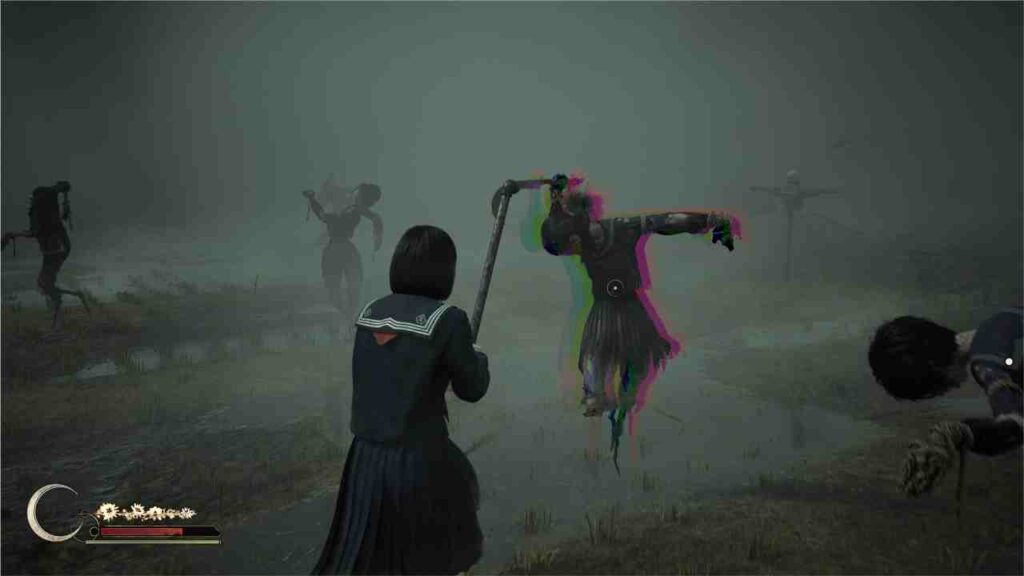
If story is the backbone of Silent Hill, then atmosphere is its skin—what makes the franchise crawl under your own. And here’s where we see another of the Silent Hill F biggest differences from Silent Hill 2 Remake.
The Silent Hill 2 Remake stays true to the haunting American town fans know and fear. The fog-covered streets, eerie apartments, and decrepit buildings return in full Unreal Engine 5 detail. The aim is to recreate the oppressive claustrophobia of the original, amplifying it with modern lighting, textures, and environmental design. Every shadow feels alive, every empty hallway feels like a trap, and the town itself is the enemy as much as the monsters.
Silent Hill F, however, feels like it’s stepping into a different genre of horror. Instead of the decaying midwestern townscape, we’re transported to rural 1960s Japan. The atmosphere here is less urban decay and more folkloric terror. The environment blooms—literally—with grotesque parasitic flowers, their beauty twisted into menace. Where the Remake suffocates with darkness, Silent Hill F unsettles with vibrancy—red, white, and crimson blossoms consuming corpses and landscapes alike.
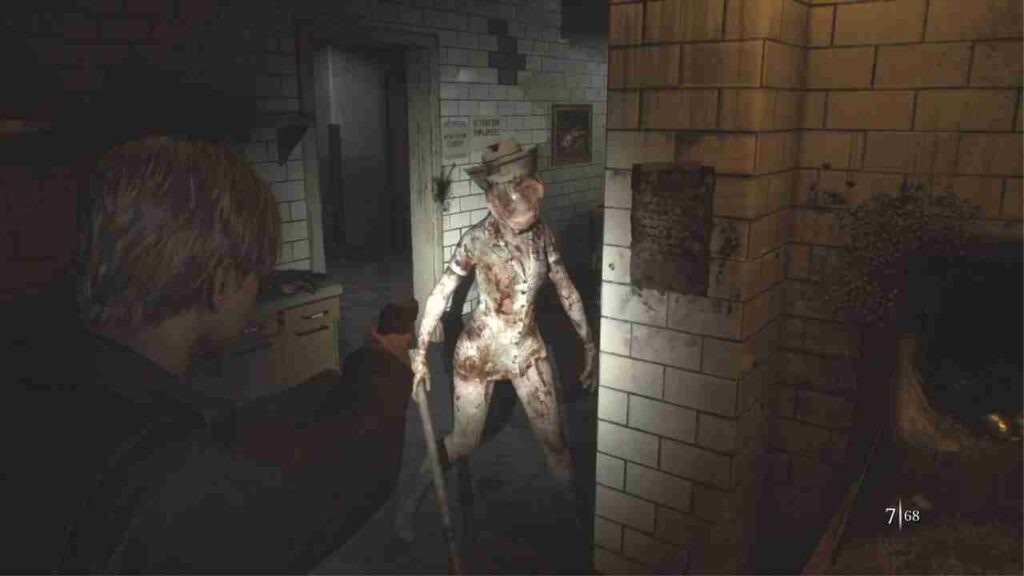
This shift also changes the tone of horror. Silent Hill 2 Remake thrives on psychological unease, rooted in grief and guilt. Silent Hill F feels like body horror and folklore come alive, pulling players into a surreal nightmare that’s alien yet disturbingly familiar.
👉 In short, the remake gives us Silent Hill as we remember it—foggy and oppressive—while Silent Hill F blooms with something new and terrifying: beauty weaponized into horror.
Gameplay & Mechanics — The Silent Hill F Biggest Differences from Silent Hill 2 Remake
When it comes to survival horror, gameplay mechanics make or break the experience. While the Silent Hill 2 Remake focuses on modernizing a classic with updated combat and exploration, Silent Hill F dares to rewrite the rulebook. It introduces entirely new systems that change how players fight, survive, and even think about fear. These mechanics aren’t just minor tweaks—they’re bold shifts that redefine what a Silent Hill game can feel like.
Let’s break down the biggest changes one by one.
Melee-Only Combat & No Firearms
One of the boldest moves in Silent Hill F is its complete removal of firearms. In the Silent Hill 2 Remake, players can still rely on pistols, shotguns, and rifles—classic staples of survival horror combat. They offer range and a sense of security, even when ammo is scarce.
Silent Hill F, however, strips that safety net away. Players must rely entirely on melee weapons, forcing closer encounters with grotesque enemies. This isn’t just a cosmetic change—it fundamentally alters the tension. Every swing carries risk, every approach demands courage. Combat becomes more intimate, more dangerous, and far more claustrophobic than in the remake.
👉 For fans used to firearms as a lifeline, Silent Hill F’s melee-only approach is a terrifying step into vulnerability.
Weapon Durability & Distinct Movesets
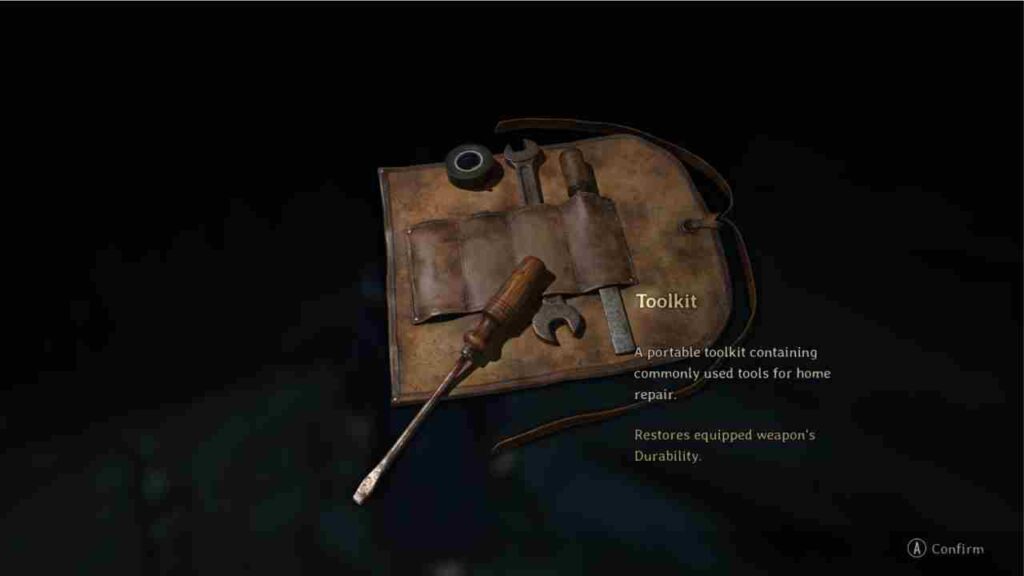
The Silent Hill 2 Remake updates combat but keeps it relatively straightforward: weapons don’t break, and their use is mostly consistent. Silent Hill F, however, adds a survival layer through weapon durability. Each weapon slowly degrades with use, meaning you can’t rely on a single favorite for long. This mechanic forces players to constantly scavenge, repair, or adapt to new tools.
On top of that, weapons in Silent Hill F come with distinct movesets. A rusty machete swings heavy and slow, while a spear may give longer reach but consume more stamina. This variety ensures combat is less about mindless button-mashing and more about strategy—choosing the right weapon for the right scenario.
👉 By introducing durability and unique movesets, Silent Hill F creates a survival loop that doesn’t exist in the remake, pushing players to constantly rethink their approach.
Read Also: 20 Best Horror Games of All Time That Still Haunt Players
Stamina Costs for Attacks & Dodges
In the Silent Hill 2 Remake, players enjoy smoother combat and exploration without having to constantly worry about stamina management. While survival elements are present, the remake doesn’t force players to think about energy with every single move.
Silent Hill F completely flips that formula. Here, every swing, dodge, or evasive maneuver comes at a stamina cost. Attack too aggressively, and you’ll be left exhausted, vulnerable to counterattacks. Dodge too often, and you’ll find yourself unable to escape when it really matters. This stamina system doesn’t just make combat scarier—it makes it strategic. Players are constantly forced to pace themselves, weighing the risks of offense versus defense in every encounter.
👉 This creates a slower, more deliberate style of survival horror that keeps players on edge throughout.
Focus Attacks & Sanity Tradeoffs
If stamina wasn’t punishing enough, Silent Hill F adds another mechanic: Focus Attacks. These are high-risk, high-reward moves that deal heavy damage—but at a price. Each Focus Attack consumes the player’s Sanity, which acts as more than just a mental health bar. The lower your sanity, the more distorted your perception of the world becomes, making exploration and combat even more nightmarish.
This mechanic ties gameplay directly to psychological horror, something the Silent Hill 2 Remake doesn’t fully explore. While the remake builds fear through story and atmosphere, Silent Hill F integrates fear into the core mechanics, making every desperate attack a gamble.
👉 By forcing players to literally trade their sanity for survival, Silent Hill F creates tension on an entirely new level.
Perfect Dodge & Counter Systems
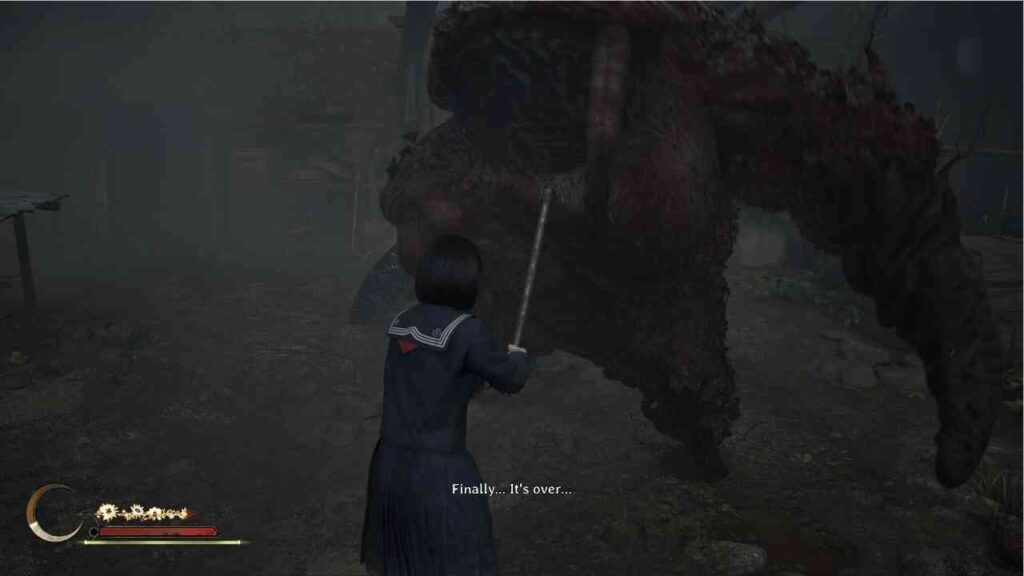
One of the most exciting changes in Silent Hill F is the addition of timing-based mechanics. In the Silent Hill 2 Remake, combat is improved and more fluid, but it doesn’t lean heavily into skill-based counters. You attack, dodge, or block—but the system is straightforward.
In Silent Hill F, dodging isn’t just about avoiding damage—it’s about timing it perfectly. A well-executed Perfect Dodge not only saves you from a fatal hit but also restores stamina, rewarding precision. On top of that, a counterattack mechanic lets you strike back if your dodge or block is timed correctly. This transforms encounters from simple “swing and run” sequences into tense skill checks where every frame counts.
👉 The result? Combat that feels sharper, more punishing, and more rewarding than anything in the remake.
Multiple Endings & Replay Mechanics
The Silent Hill 2 Remake stays faithful to the original’s branching endings, which remain iconic for their symbolism and impact. But Silent Hill F takes it even further, offering five distinct endings based on player choices and performance.
Replayability is at the core of this design. Decisions you make—how you fight, how much Sanity you risk, how you interact with certain story elements—shape the ending you unlock. This means no two playthroughs feel exactly the same, encouraging players to dive back into the nightmare multiple times.
👉 While the Remake invites players to relive a classic story, Silent Hill F pushes you to rewrite your own, making player agency a bigger part of the horror.
Difficulty Modes & Puzzle/Action Customization
Difficulty has always been a subtle but important part of Silent Hill. In the original Silent Hill 2 (and now the remake), players can choose their difficulty at the start, with preset levels for both combat and puzzles. While this helps tailor the experience, it doesn’t go much deeper than that—once you pick your setting, you’re locked in.
Silent Hill F takes a more dynamic approach. It introduces tiered difficulty modes such as Story, Hard, and the ominous Lost in the Fog. Each mode doesn’t just adjust enemy health—it changes how you experience both combat and exploration. In addition, puzzle difficulty and action difficulty are split into separate sliders. This means players who love combat but struggle with complex riddles (or vice versa) can fine-tune the game to match their style.
This flexibility creates a more personalized survival horror experience. Hardcore fans can crank everything up for maximum punishment, while newcomers can lower the action difficulty but keep puzzles challenging for that classic Silent Hill brain-teaser vibe.
👉 Compared to the Silent Hill 2 Remake, which modernizes combat without reinventing difficulty, Silent Hill F gives players more control over how they want to suffer… I mean, survive.
Visual & Technical Differences
The Silent Hill franchise has always used visuals as a weapon—fog, shadows, and unsettling creature designs all combine to make players uneasy. When comparing Silent Hill F to the Silent Hill 2 Remake, the differences in presentation are just as striking as the story and gameplay shifts.
The Silent Hill 2 Remake is powered by Unreal Engine 5, bringing James Sunderland’s world to life with terrifying clarity. Familiar locations—like the foggy streets, the abandoned apartments, and Brookhaven Hospital—have been rebuilt with cutting-edge textures, ray tracing, and advanced lighting. The remake’s goal is authenticity: keep everything fans remember but make it sharper, scarier, and more immersive. The grime looks real, the fog feels alive, and the monsters have never been more grotesque.
Silent Hill F, meanwhile, is less about realism and more about surrealism. The trailers and previews reveal an aesthetic drenched in grotesque floral horror—corpses blooming with parasitic flowers, fields of crimson petals, and body horror tied directly to nature’s beauty. Instead of the grainy urban decay of Silent Hill’s American town, we see a Japanese countryside twisted by supernatural infection. Where the remake leans into nostalgia, Silent Hill F thrives on originality, crafting visuals designed to unsettle in unexpected ways.
👉 In short, the remake uses technology to revive a classic atmosphere, while Silent Hill F uses it to invent an entirely new nightmare, one where beauty itself becomes terrifying.
Fan Reception & Expectations
When Konami announced its revival of Silent Hill, fans had mixed emotions: excitement, fear, and a healthy dose of skepticism. With both Silent Hill F and the Silent Hill 2 Remake on the horizon. The community has been quick to compare them—and the reactions highlight some of the biggest differences between the two projects.
The Silent Hill 2 Remake immediately tapped into nostalgia. For many fans, the original Silent Hill 2 isn’t just a game—it’s the definitive survival horror experience. Early trailers for the remake sparked buzz with its jaw-dropping visuals and atmospheric tension. Longtime fans praised the fidelity to James Sunderland’s story while newer players looked forward to experiencing the classic with modern controls. Still, there’s cautious optimism: some fear that tweaking too much might dilute what made the original a masterpiece.
Silent Hill F, by contrast, is seen as a gamble—and fans love that. With an entirely new setting, new characters, and new gameplay systems. It’s a fresh chapter in the series that doesn’t lean on nostalgia. The involvement of Ryūkishi07 as writer has generated excitement among Japanese horror enthusiasts. While the parasitic flower imagery in trailers has already left a strong impression on horror fans craving something different. Of course, some are wary: will Silent Hill F feel like a true Silent Hill experience, or too far removed from the series’ roots?
👉 In short, fans see the remake as a safe but faithful return, while Silent Hill F is viewed as the risky, innovative experiment. Both carry expectations—but in completely different ways.
Conclusion
When comparing the Silent Hill F biggest differences from Silent Hill 2 Remake, it’s clear these two games are designed to serve very different purposes in Konami’s revival of the franchise. The Silent Hill 2 Remake is all about honoring the past: retelling James Sunderland’s tragic story with stunning Unreal Engine 5 visuals and modern gameplay refinements. It’s nostalgia, polished for a new generation.
Silent Hill F, on the other hand, is the franchise’s bold experiment. With its 1960s Japanese setting, grotesque floral horror aesthetic, and brand-new gameplay mechanics like stamina management, weapon durability, and sanity-draining Focus Attacks, it pushes Silent Hill into uncharted territory. It’s not about recreating the past—it’s about imagining an unsettling new future.
Both games matter for different reasons. The remake preserves one of gaming’s most iconic horror stories, while Silent Hill F dares to expand the series with fresh ideas. And together, they prove that Silent Hill isn’t just returning—it’s evolving.
👉 Now it’s your turn: Are you more excited to revisit the nightmare of Silent Hill 2 Remake, or step into the unknown with Silent Hill F? Share your thoughts in the comments!
FAQs related to comparing the differences between Silent Hill F & Silent Hill 2 Remake
The remake is a faithful retelling of James Sunderland’s classic story. While Silent Hill F introduces a brand-new narrative set in 1960s Japan, with new mechanics like stamina management and weapon durability.
Silent Hill 2 Remake revisits the foggy American town of Silent Hill. Silent Hill F shifts to rural Japan, blending folklore horror with parasitic floral imagery for a very different atmosphere.
New mechanics include melee-only combat, stamina costs for actions, Focus Attacks that drain Sanity, weapon durability, and multiple branching endings.
That depends on your fear factor. The remake leans on psychological terror. And nostalgia, while Silent Hill F emphasizes body horror, folklore dread, and new tension-driven mechanics.
Konami hasn’t confirmed direct connections yet. But given the franchise’s history of thematic rather than literal ties, fans expect Silent Hill F to stand alone while echoing the series’ trademark psychological and supernatural elements.

